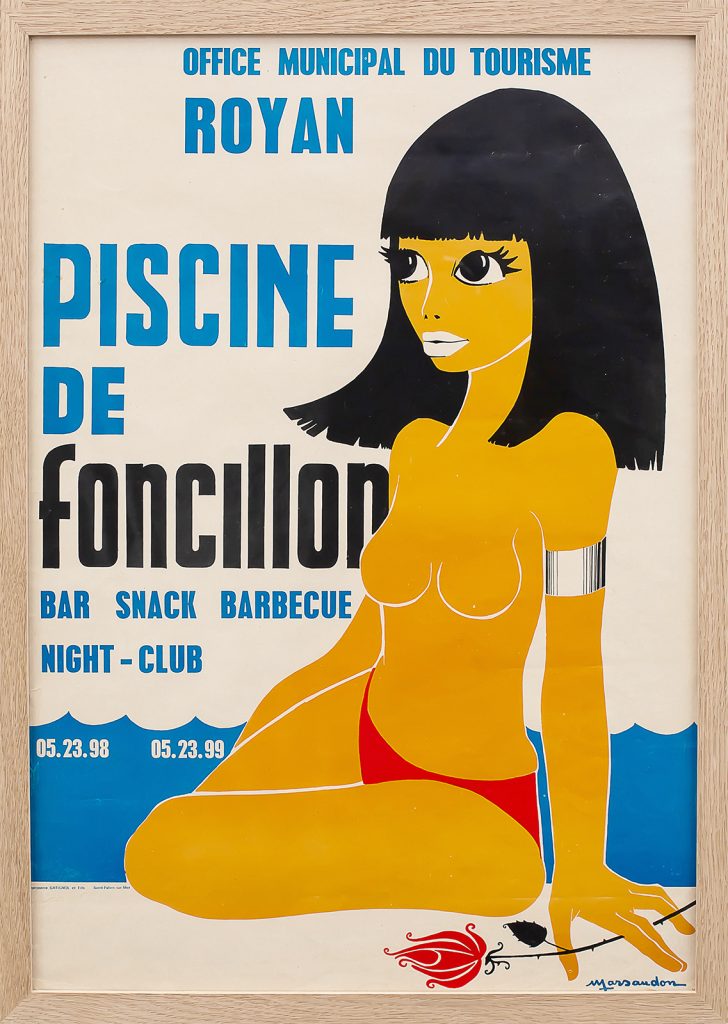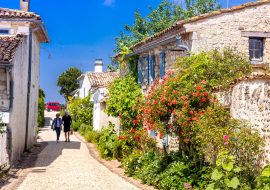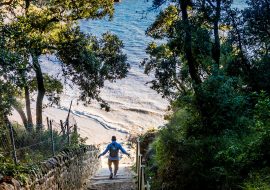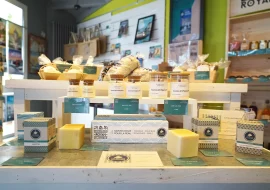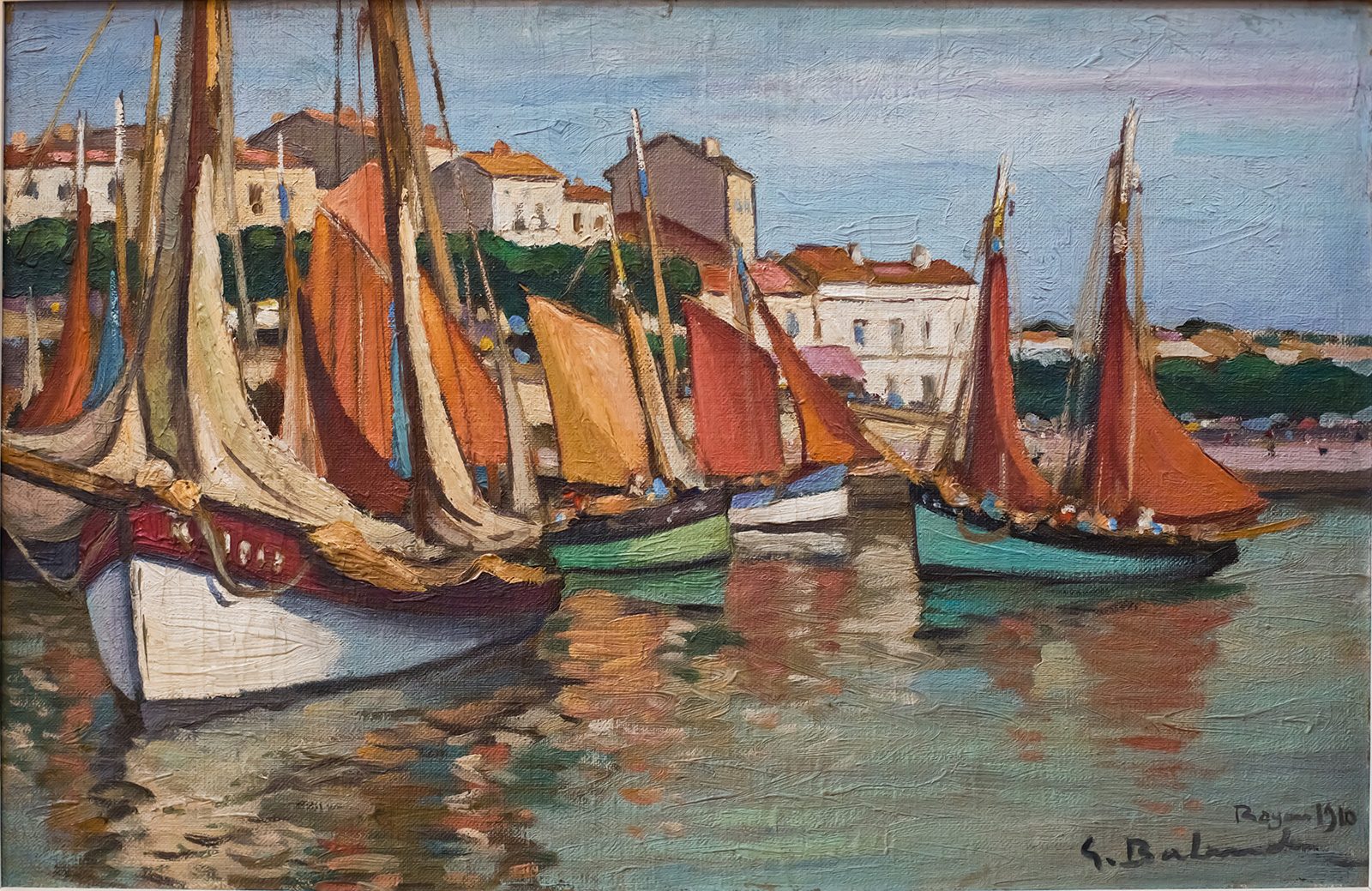The artist Picasso in Royan
Settled in France since 1904, the artist Picasso find refuge in the seaside resort of Royan in September 1939. He feared all the more the imminence of bombardments on the French capital. The famous Spanish artist stayed for a year in Royan, not without creating some major works there, exhibited today in Paris and New York.
Part of the permanent exhibition at the Musée de Royan is devoted to Picasso's stay in Royan between 1939 and 1940.
He thus arrived on the coast of beauty on September 2, the eve of the declaration of war. He is then far from imagining what tragic fate awaits his host city. Royan will be destroyed by bombs in 1945. This Charente exile is not due to chance. Indeed, Picasso joined his ex-companion Marie-Thérèse Waltier and their 5-year-old daughter Maya, who had been living in the resort since July 1939 to spend their “holidays” there. His mistress Dora Maar, a photographer he met on a movie set in 1935, accompanies him.
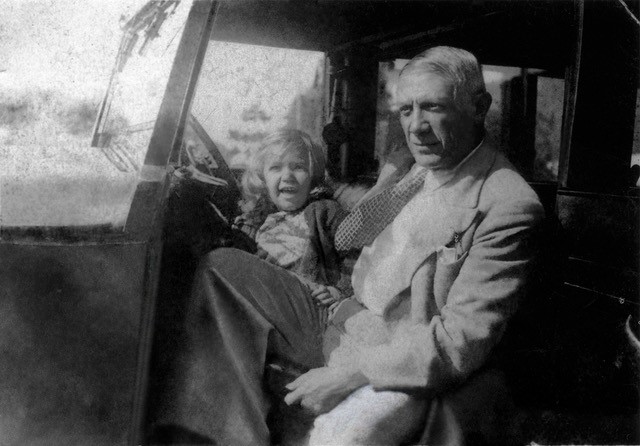
After the armistice of June 22, 1940, France finally fell under the domination of the Nazis. The next day, Picasso saw the soldiers of the 44th division of the Wehrmacht marching past his windows, entering Royan.
The Andalusian painter, who denounced, in his most famous work, the barbarism perpetrated by Franco and his German allies during the Spanish Civil War in Guernica (1937), no longer feels safe in Charente-Maritime. On August 25, 1940, he dismantled his easels and emptied his studio to return to the "Augustins attics" in Paris.
More than 700 works produced by the artist in Royan
During his stay in Royan, the artist Picasso first lodged on the first floor of the Villa Gerbier de Rush with her family. The building, now gone, was located at the corner of boulevards Albert Ier and Franck-Lamy, not far from former slaughterhouses. It is in this building that he set up his first workspace. During the day, he rents a room a few meters away at the Hôtel du Tigre, boulevard Clémenceau.
Villa Gerbier de Rush
Picasso's first studio was located on the ground floor, window to the right.
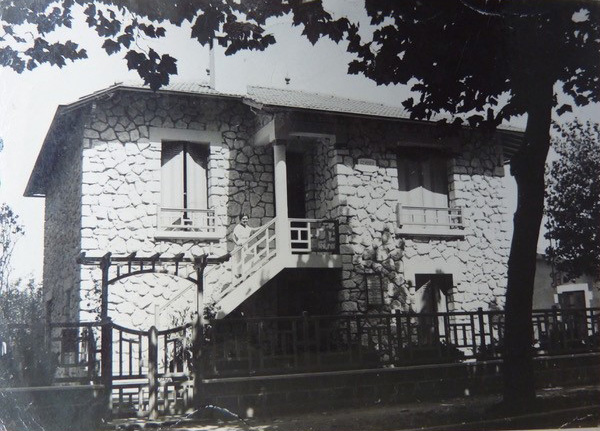
In the winter of 1940, he leased a new studio on the third floor of the Villa The Sailboats (demolished in 1945). The place offers, as a backdrop, a breathtaking view of the port and opens onto the Café des Bains. The artist immortalizes it, five years before its destruction, in a still famous painting (the La Siesta Restaurant currently occupies this address). The work, which represents one of the rare landscapes executed by the Spanish painter, is on display at the Picasso Museum in Paris. It is said to have been completed on August 15, 1940. On the same evening, History says that a bullet from a gun passed through the second floor apartment of Les Voiliers, under Picasso's bedroom. The incident, which shone the spotlight of the authorities on the artist, would have accelerated his decision to leave the city, nine days later.
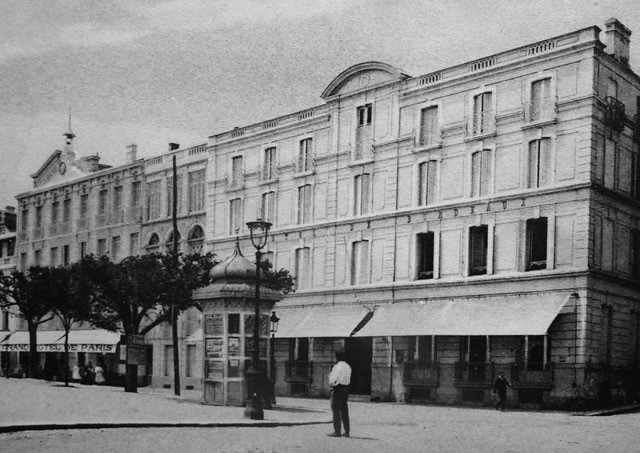
“Les Voiliers” building on avenue Thiers in Royan, located to the right of the Grand Hôtel.
Picasso set up his studio there on the top floor, above the arched windows between January and August 1940.
Another canvas, A naked woman combing her hair (June 1940) restores the decomposed portrait of an anonymous bather or of Dora Maar herself. The photographer actually captured on film her lover posing at the foot of this creation in her room at Les Voiliers. It can now be seen at the Museum of Modern Art in New York. From his one-year stay, interspersed with a few round trips to Paris in the spring of 1940, Picasso left eight sketchbooks, including the famous "Royan notebook", published during his lifetime in 1948.
Émile Zola, the prestigious guest of Paradou
Leader of the “naturalist” literary movement, Émile Zola is already a very famous writer when he organizes his first stay in Royan. In September 1886, he thus responds to the invitation of his publisher Georges Charpentier, tenant of a small chalet, called “La Guadeloupe”.
At that time, the 46-year-old author, recognized for his novels with a social tone, already had a few bestsellers to his credit:
- "L'Assommoir", his first real triumph in 1878
- "To the Happiness of the Ladies" (1883)
- “Germinal” (1885)
Zola's vacation in Royan
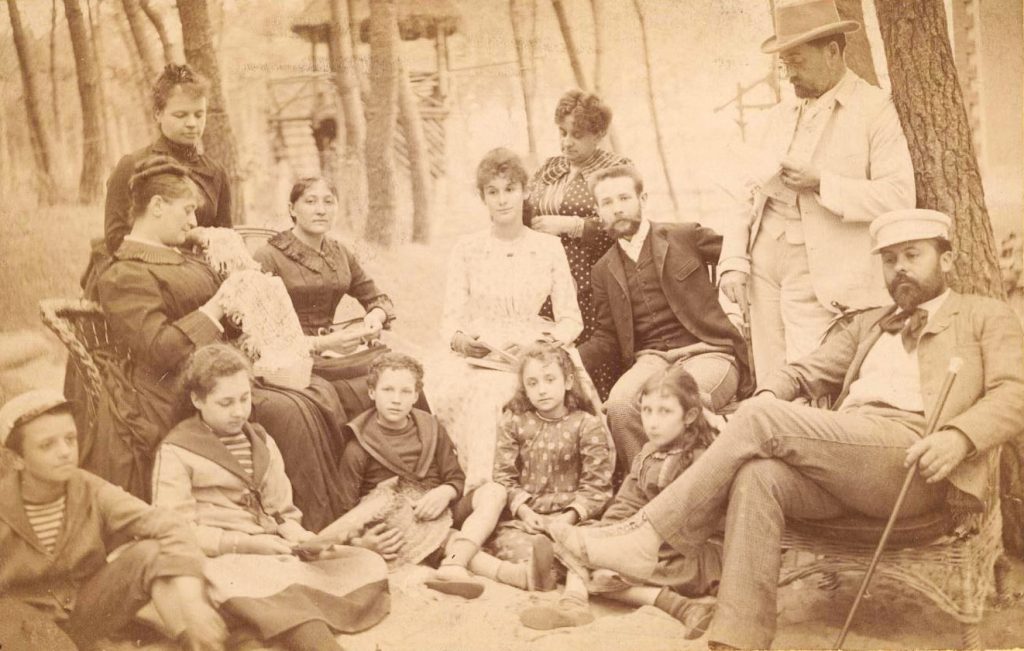
In Royan, the father of Rougon-Macquart (series of novels written between 1870 and 1893) is associated with the Paradou. This residence, built by his friend Georges Charpentier in what would become the park district, is a popular vacation spot for many “High Society” residents. The property is also inspired by the fictional "Paradou" described by Zola himself in a previous novel "La Faute de l'Abbé Mouret", 1875. It quickly became the dream setting for many social gatherings. Many artists and notables meet there, seduced in particular by its large garden with lush vegetation. From 1er September to October 10, 1987, Zola spent many evenings there, without staying there. In search of tranquility, he rents the Albert chalet nearby, which later became the Villa The Dream. The latter is notably still visible at 58 boulevard Frédéric-Garnier.
Rebelote August 25, 1888: the author and his wife Alexandrine are back, for six weeks this time. On the program: garden parties at Paradou and excursions on the edges of Seudre. The Parisian couple tasted oysters there in the company of the Charpentiers and the art critic Théodore Duret. In the meantime, the couple are enjoying their new summer base, the Villa Les Carnations. Nowadays, we find at its location the Villa Les Arcades, boulevard Frédéric-Garnier.
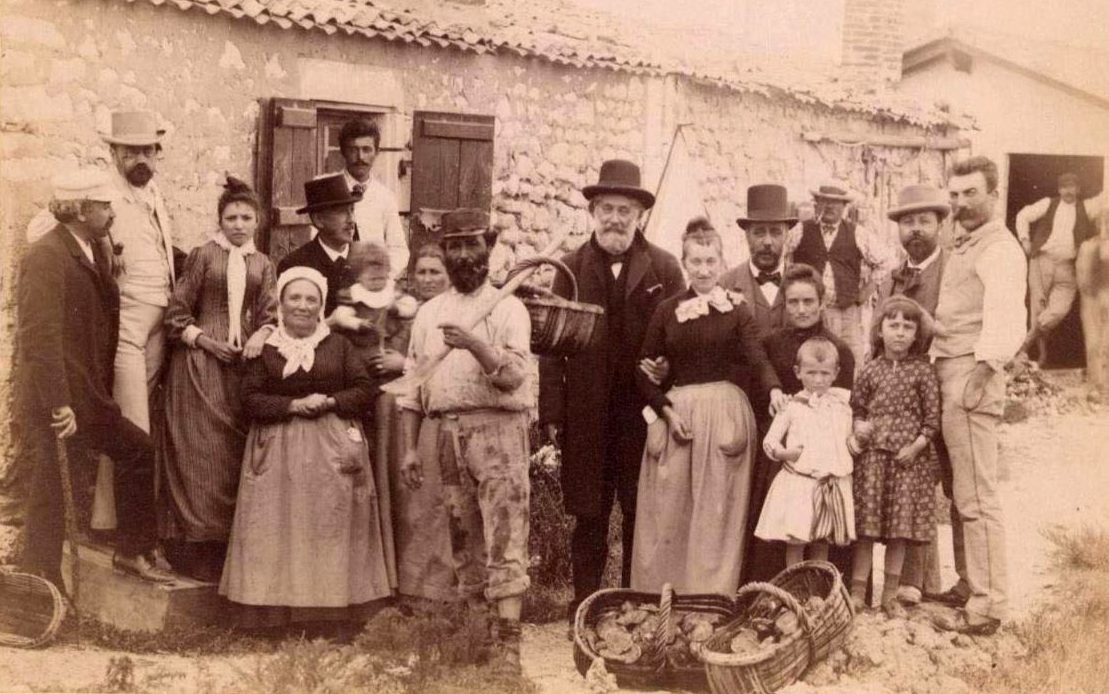
Zola's Paradou is definitely lost. No need to go looking for it.
This large building, which had nevertheless escaped the bombardments of 1945, ended up being demolished in 1958. A small collective residence succeeded it on Boulevard Garnier and took up its name to perpetuate its memory.
these painters and draftsmen inspired by Royan
Odilon redon
Born in Bordeaux, the artist Odilon redon set up his studio in 1897 near Royan, in Saint-Georges de Didonne in the Villa Goa. He nicknamed it “Villa Goya”, a nod to his famous Spanish counterpart (who died in 1828 in the city where he himself was born twelve years later). This building is today the Hotel Le Printemps, Avenue Eugene Pelletan. These repeated passages on the banks of the Gironde estuary mark a turning point in the career of this symbolist painter. Inspired by the light of the coast, Redon abandons the use of black in favor of more colorful compositions. Until then, this dark color had so far dominated his pictorial work. From this creative revival emerge landscape works imbued with local images: "Rue à Saint-Georges", "Rochers de Royan", "Yacht à Royan"
Gaston Balandé
Born in Spain, Gaston Balandé (1880-1971) spent his early youth with his grandparents. They run a cafe-restaurant, Saujon (the establishment is still located on Place de la Gare). The legend says that he was initiated into drawing by copying, in the attic of his guardians, the engravings seen on the stalls of the village market. At the age of 19, his meeting with the Abbé de Royan, Alfred Coutureau, passionate about painting, steered his destiny in a decisive direction. The monk introduced him to Henri-Joseph Harpignies, a figure of the Barbizon School in Ile-de-France. This support enabled Balande to prepare for the entrance examination for the National School of Decorative Arts in Paris, where he entered in 1901. Ten years later, a trip to Spain inspired him to “L'Asile des Vieillards à Tolède”. This painting now decorates the room of the Municipal Council of the town hall of Saujon.
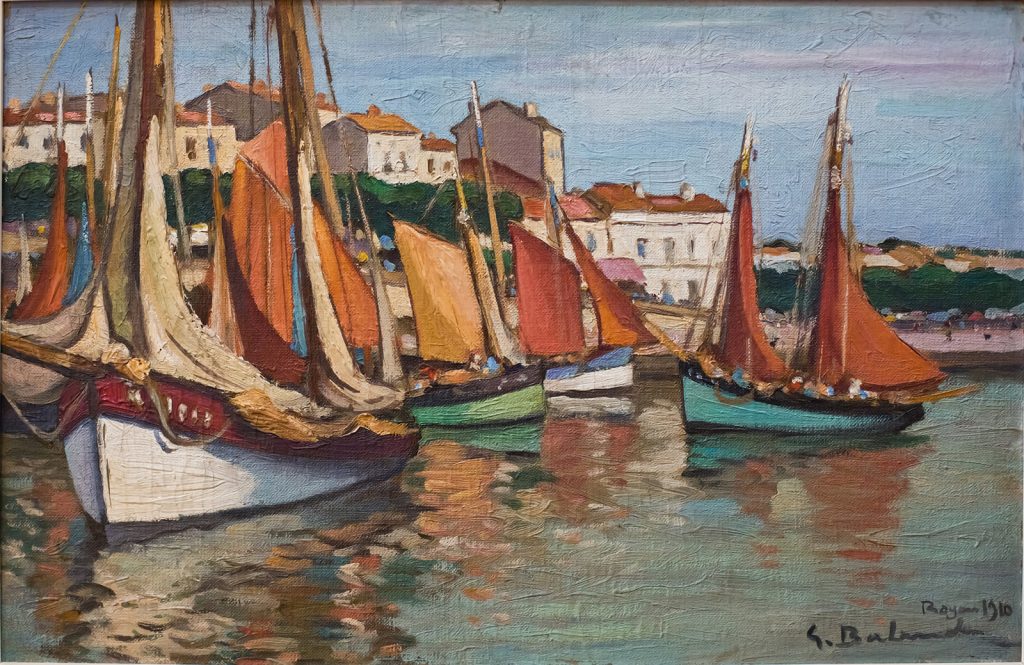
Nadu Marsaudon, a surrealist artist in Royan
The footprint of Nadu Marsaudon, brilliant and jack-of-all-trades “surrealist”, can be seen all over the seaside resort of Royan. Born in Royan (1933), this artist painter, graphic designer and draftsman with an overflowing imagination created the poster for the restaurant Le Tiki in Royan. He also sculpted the Polynesian-style totem that still stands on the roof of the establishment. In Saint-Palais-sur-Mer, he is the father of the bather with long red hair, the mascot of the Nausicaa restaurant. He also designed the oriental facade of the Le Rancho nightclub. Marsaudon designs the frescoes, the rocks and the logotype of the La Palmyre zoo as well as the statue of Sainte-Thérèse de Lisieux installed in theChurch of Our Lady of Royan since the inauguration of the monument in 1958. The artist had carved the sculpture in a block of limestone as early as 1951, when he was only 18 years old.
